David Grann’s “Killers of the Flower Moon” Public Lecture at Oklahoma Christian University
 Last night, Oklahoma Christian University hosted an enthralling public lecture by the esteemed David Grann, author of the critically acclaimed book, “Killers of the Flower Moon: The Osage Murders and the Birth of the FBI” and soon to be released as a movie in just a few days. The event drew attendees from all over the state, eager to delve into the dark recesses of American history that Grann so painstakingly researched and illuminated in his book.
Last night, Oklahoma Christian University hosted an enthralling public lecture by the esteemed David Grann, author of the critically acclaimed book, “Killers of the Flower Moon: The Osage Murders and the Birth of the FBI” and soon to be released as a movie in just a few days. The event drew attendees from all over the state, eager to delve into the dark recesses of American history that Grann so painstakingly researched and illuminated in his book.
The Osage Nation, once the wealthiest people per capita in the world due to the oil beneath their land, suffered an unimaginable series of murders in the 1920s. Grann’s narrative non-fiction work sheds light on this little-known but devastating chapter of American history, revealing a tale of greed, prejudice, and a chilling conspiracy that rattled the very foundations of the emerging FBI.
Grann began his talk by expressing gratitude for the invitation to speak at such a prestigious institution. One of his pivotal themes was the importance of truth and reconciliation. He also acknowledged the sacredness of the story and the responsibility he felt in telling it. “These were not mere pages in a book, but real histories,” he reminded the audience.
The lecture encompassed not just the chilling details of the murders but also Grann’s journey in uncovering them. He recounted trips to the Osage Nation, visiting the national museum, pouring over old FBI case files, photographs, and newspaper articles, and the emotional weight of interviewing the descendants of the victims. The investigative effort taken to pen “Killers of the Flower Moon” became a tale of its own, showcasing Grann’s dedication to unveiling the truth.
What was particularly moving about the evening was the poignant connection between past atrocities and present-day issues. Grann emphasized that while the events took place almost a century ago, the repercussions of prejudice, exploitation, and corruption are still felt by indigenous communities today. He urged the audience to not just view this as a tragic piece of history but as a call to awareness and action in the present.
Grann’s lecture didn’t just restrict itself to the narrative of his book. He expanded on the larger implications, drawing connections to the broader themes of indigenous rights, corporate greed, and the role of federal agencies in protecting citizens. Highlighting the sheer scale of the conspiracy, where many local officials, businessmen, and even family members were involved in the murders and cover-ups, his account paints an alarming picture of how systemic prejudice can breed injustice.
The lecture served as a stark reminder of the tragedies that can arise from unchecked power and prejudice. Yet, amidst the somber atmosphere, there was also a message of hope – the power of truth-telling, the importance of recognizing past wrongs, and the potential for healing.
As attendees filed out of the auditorium, there was a palpable buzz, with many discussing the profound impact of the lecture. David Grann’s visit to Oklahoma Christian University not only shed light on a dark chapter of American history but also ignited a spark for change, awareness, and understanding among all who listened with an obligation to remember and learn from our past.
“Won’t it be wonderful when black history and native American history and Jewish history and all of U.S. history is taught from one book. Just U.S. history.” Maya Angelou

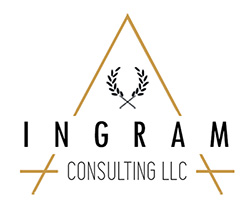
 October is here and as the amber leaves fall, we are once again reminded that it is National Principals Month—a month dedicated to celebrating the leaders who shape the educational journey of our nation’s most precious resource. These leaders, our beloved school principals, play an integral role in sculpting the future by guiding the present.
October is here and as the amber leaves fall, we are once again reminded that it is National Principals Month—a month dedicated to celebrating the leaders who shape the educational journey of our nation’s most precious resource. These leaders, our beloved school principals, play an integral role in sculpting the future by guiding the present. September is National School Attendance Awareness Month. Exacerbated by COVID, chronic absenteeism remains persistently high and has reportedly more than doubled since the start of the pandemic, from 8 million to an estimated 16 million students nationwide. Chronic absenteeism represents lost instructional time for students and has obvious consequences. Teacher effectiveness is the strongest school-related determinant of student success, but chronic absenteeism diminishes even the best teacher’s ability to bring about student success.
September is National School Attendance Awareness Month. Exacerbated by COVID, chronic absenteeism remains persistently high and has reportedly more than doubled since the start of the pandemic, from 8 million to an estimated 16 million students nationwide. Chronic absenteeism represents lost instructional time for students and has obvious consequences. Teacher effectiveness is the strongest school-related determinant of student success, but chronic absenteeism diminishes even the best teacher’s ability to bring about student success.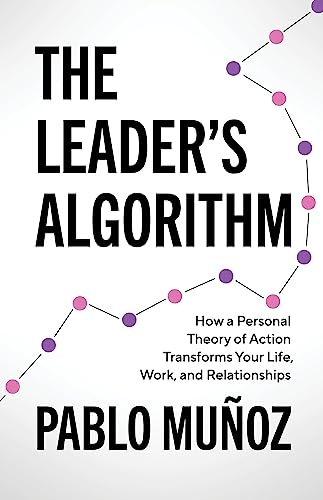 Pablo Munoz is a professional acquaintance, and we share a connection as Broad Academy Fellows, an intensive preparation program for aspiring urban superintendents. From humble beginnings as a first-generation high school graduate, he led and successfully transformed two large New Jersey school districts, Elizabeth, and Passaic, to unprecedented success. Pablo is from a family of Puerto Rican immigrants who leveraged his baseball skills and intellect to attain degrees from Yale University (and Teachers College at Columbia) before working his way up through the most challenging educational environments in a 30-year career, 16 of which he served as a school district superintendent.
Pablo Munoz is a professional acquaintance, and we share a connection as Broad Academy Fellows, an intensive preparation program for aspiring urban superintendents. From humble beginnings as a first-generation high school graduate, he led and successfully transformed two large New Jersey school districts, Elizabeth, and Passaic, to unprecedented success. Pablo is from a family of Puerto Rican immigrants who leveraged his baseball skills and intellect to attain degrees from Yale University (and Teachers College at Columbia) before working his way up through the most challenging educational environments in a 30-year career, 16 of which he served as a school district superintendent.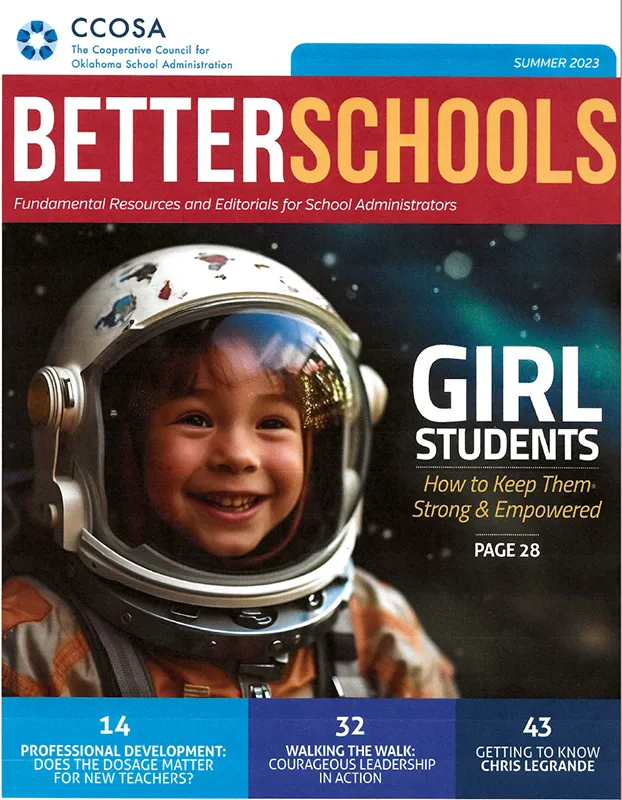 As unique as a fingerprint, every leader encompasses a combination of attributes and limitations. But leaders steeped in the work of tangible change must share one common attribute – courage. As I pause to consider Oklahoma leaders, present and past, who embody the kind of courage that can change the world, Kyle Reynolds, Deborah Gist, and Keith Ballard come to mind. While the world is not ours to conquer as education leaders, I agree with Lindsay Whorton, president of the Holdsworth Center, who asserts that public schools will be a critical arena for courageous leadership and change.
As unique as a fingerprint, every leader encompasses a combination of attributes and limitations. But leaders steeped in the work of tangible change must share one common attribute – courage. As I pause to consider Oklahoma leaders, present and past, who embody the kind of courage that can change the world, Kyle Reynolds, Deborah Gist, and Keith Ballard come to mind. While the world is not ours to conquer as education leaders, I agree with Lindsay Whorton, president of the Holdsworth Center, who asserts that public schools will be a critical arena for courageous leadership and change.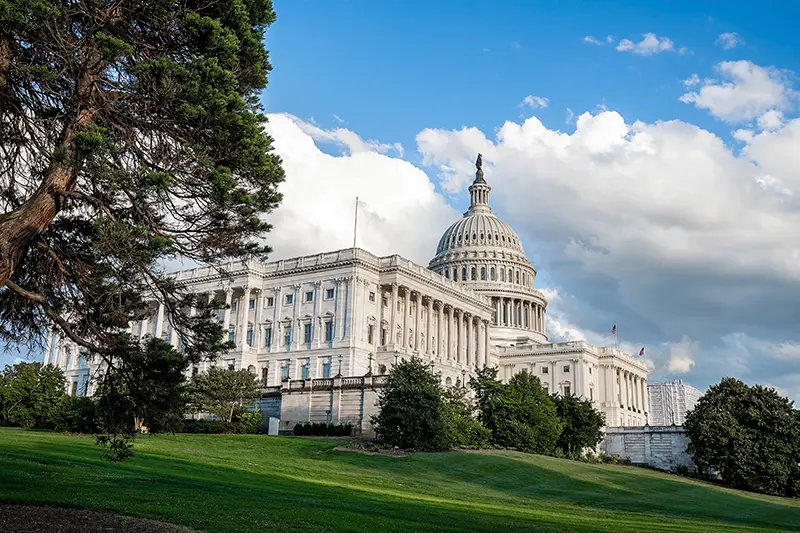 The decision by the Supreme Court’s conservative majority against race-conscious college admissions, also known as affirmative actions, has sparked intense debate and controversy. While proponents argue that it promotes diversity and equal opportunities, a recent poll conducted by the University of Massachusetts-Amherst and WCVB, found that 42% of all respondents said they somewhat opposed, opposed, or strongly opposed consideration of race in college admissions, and 33% said they somewhat supported, supported or strongly supported the policies. I firmly believe that this decision is a step backwards for equality in our society.
The decision by the Supreme Court’s conservative majority against race-conscious college admissions, also known as affirmative actions, has sparked intense debate and controversy. While proponents argue that it promotes diversity and equal opportunities, a recent poll conducted by the University of Massachusetts-Amherst and WCVB, found that 42% of all respondents said they somewhat opposed, opposed, or strongly opposed consideration of race in college admissions, and 33% said they somewhat supported, supported or strongly supported the policies. I firmly believe that this decision is a step backwards for equality in our society.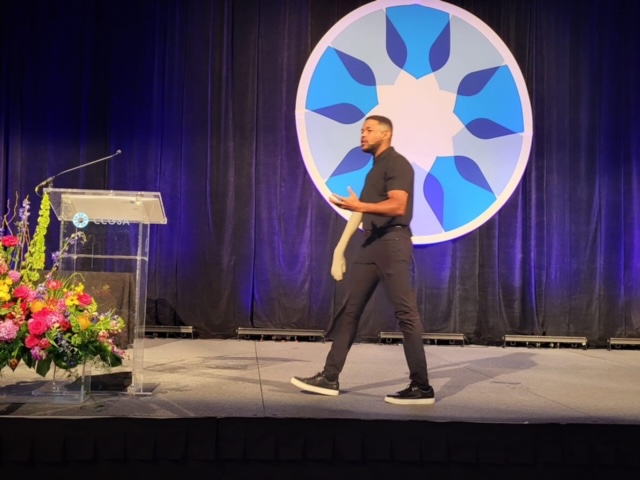
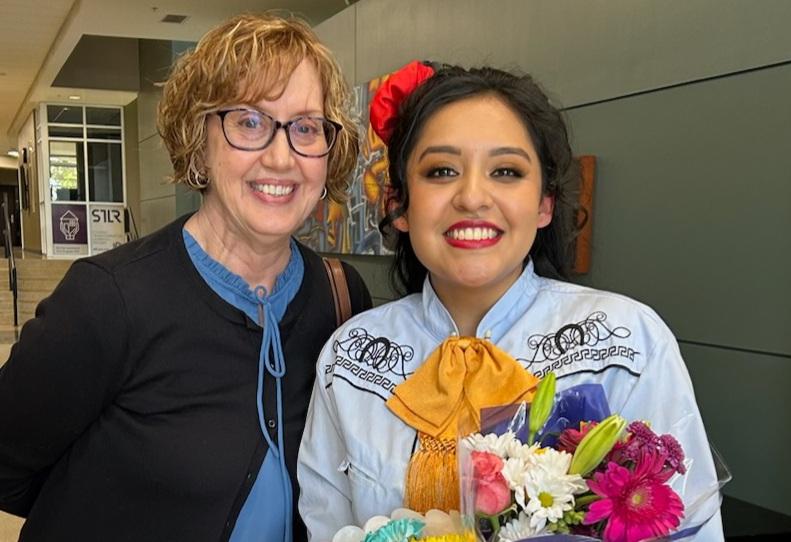
 Nationally, 68% of all 4th grade public school students are not reading at a proficient level (The Nation’s Report Card, 2022), and 54% of Americans between the ages of 16-74 read at a level below that of the sixth grade (Gallup 2020). Yet, the debate over how best to teach reading skills to children lingers on. The two main camps in this debate are the phonics-based approach and the whole-language approach.
Nationally, 68% of all 4th grade public school students are not reading at a proficient level (The Nation’s Report Card, 2022), and 54% of Americans between the ages of 16-74 read at a level below that of the sixth grade (Gallup 2020). Yet, the debate over how best to teach reading skills to children lingers on. The two main camps in this debate are the phonics-based approach and the whole-language approach.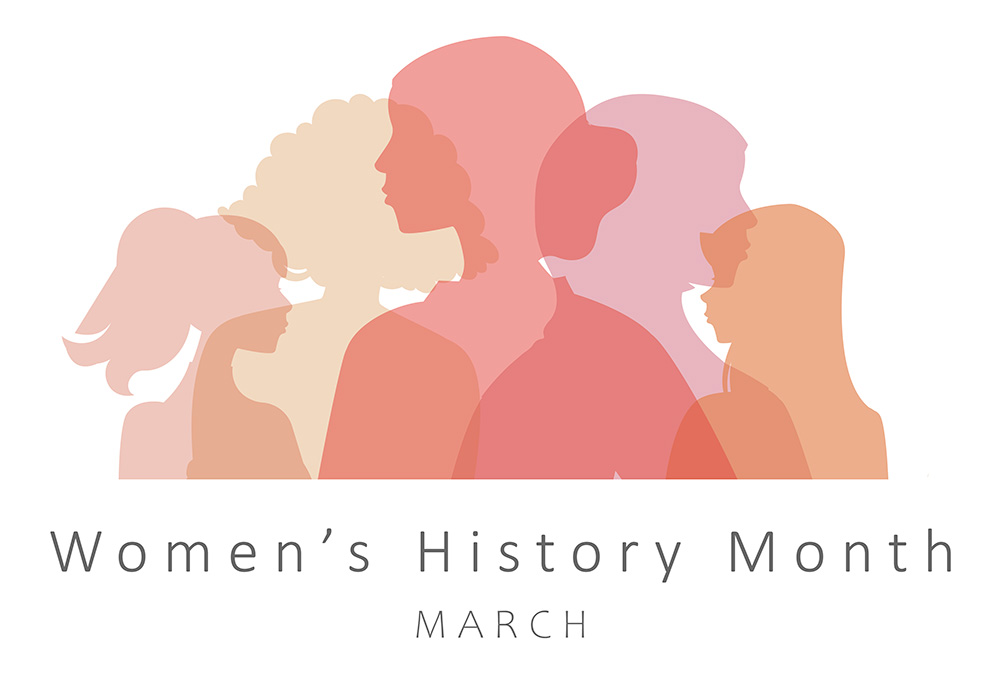 Women’s History Month is a time of year set aside to recognize and celebrate women who have had a significant impact on the world, in our nation or within our own lives. For me, three women are top of mind this year. Though they are no longer with us, they made an indelible impact on my life. And their works and achievements will continue to impact the lives of countless others who may never know their names.
Women’s History Month is a time of year set aside to recognize and celebrate women who have had a significant impact on the world, in our nation or within our own lives. For me, three women are top of mind this year. Though they are no longer with us, they made an indelible impact on my life. And their works and achievements will continue to impact the lives of countless others who may never know their names.